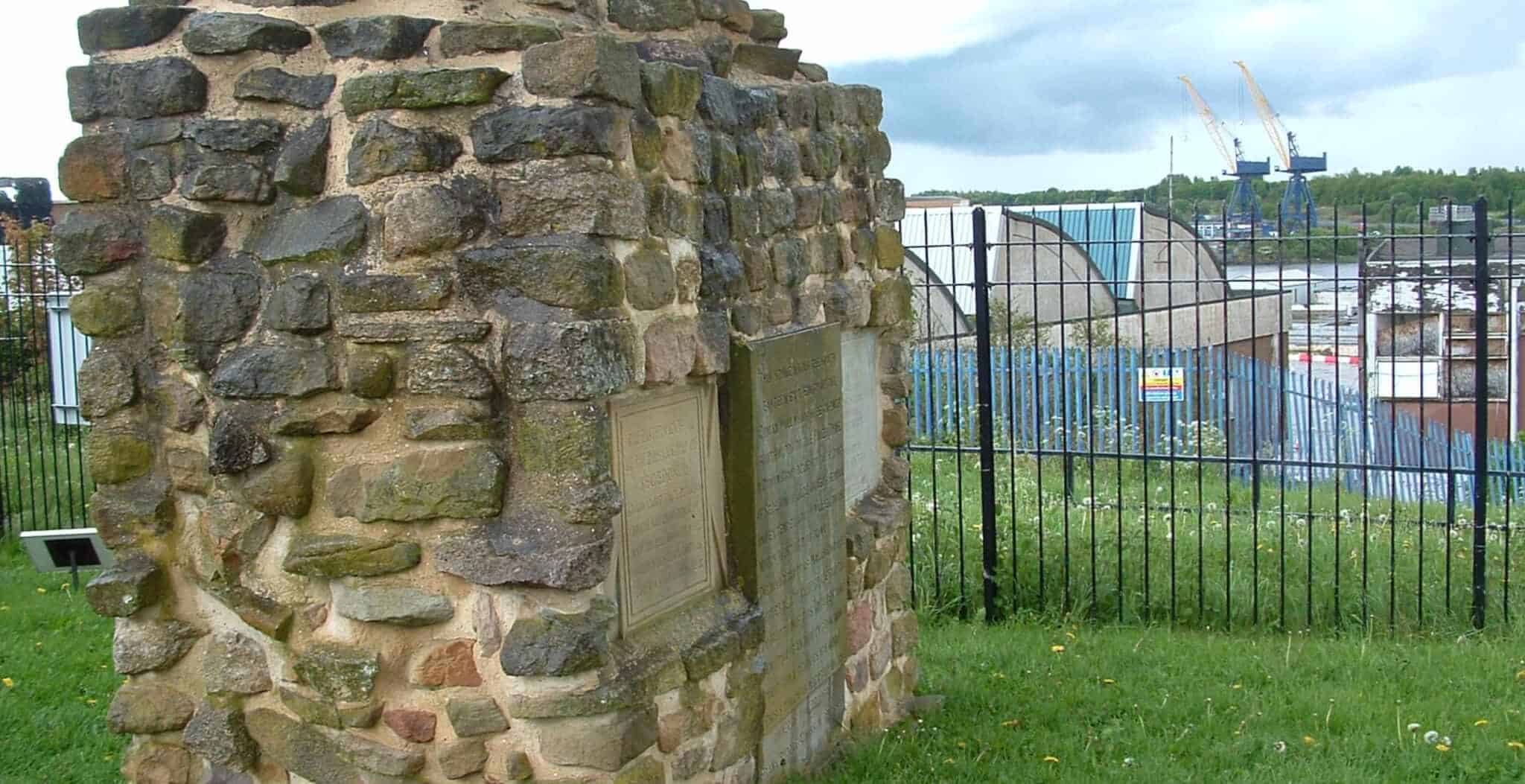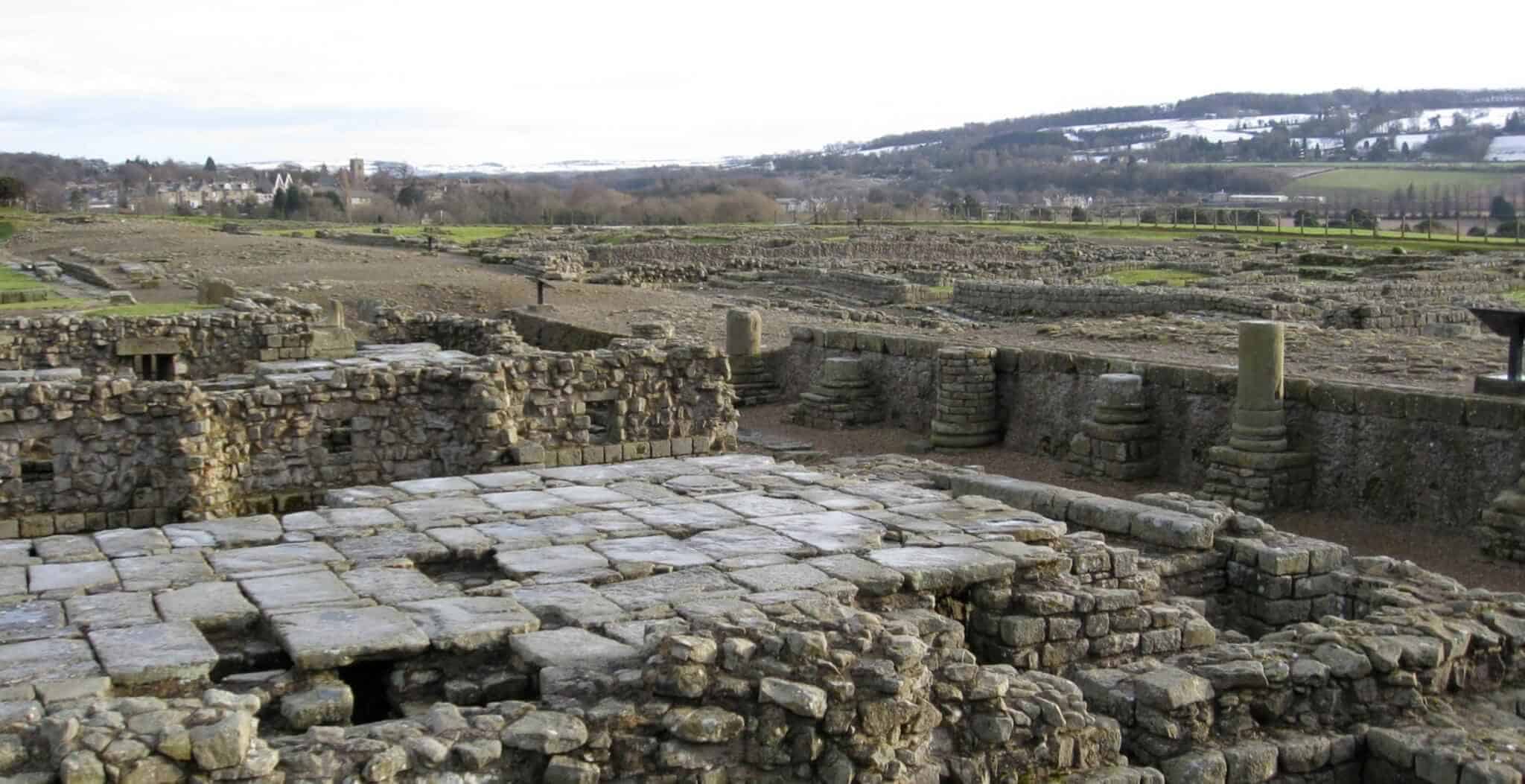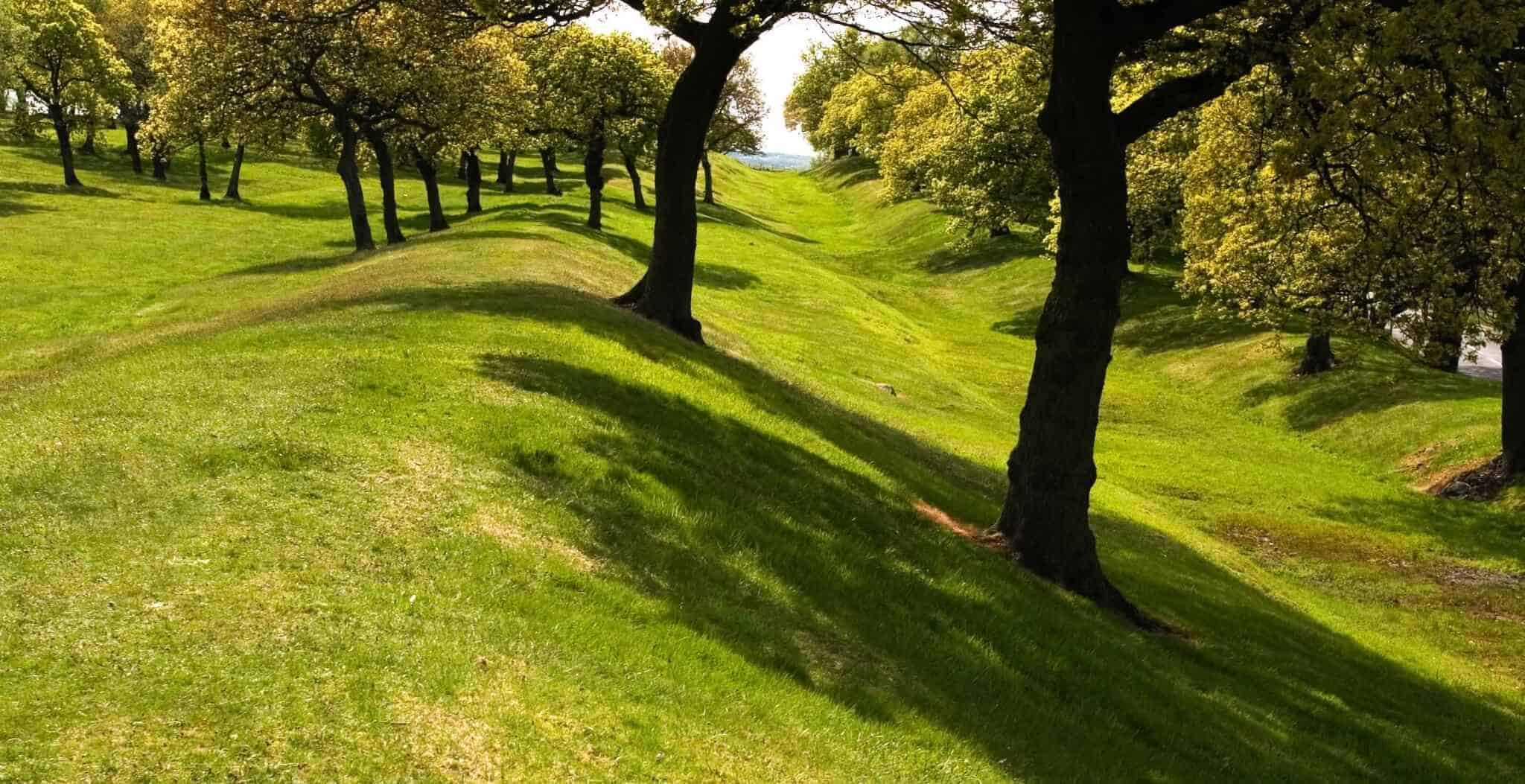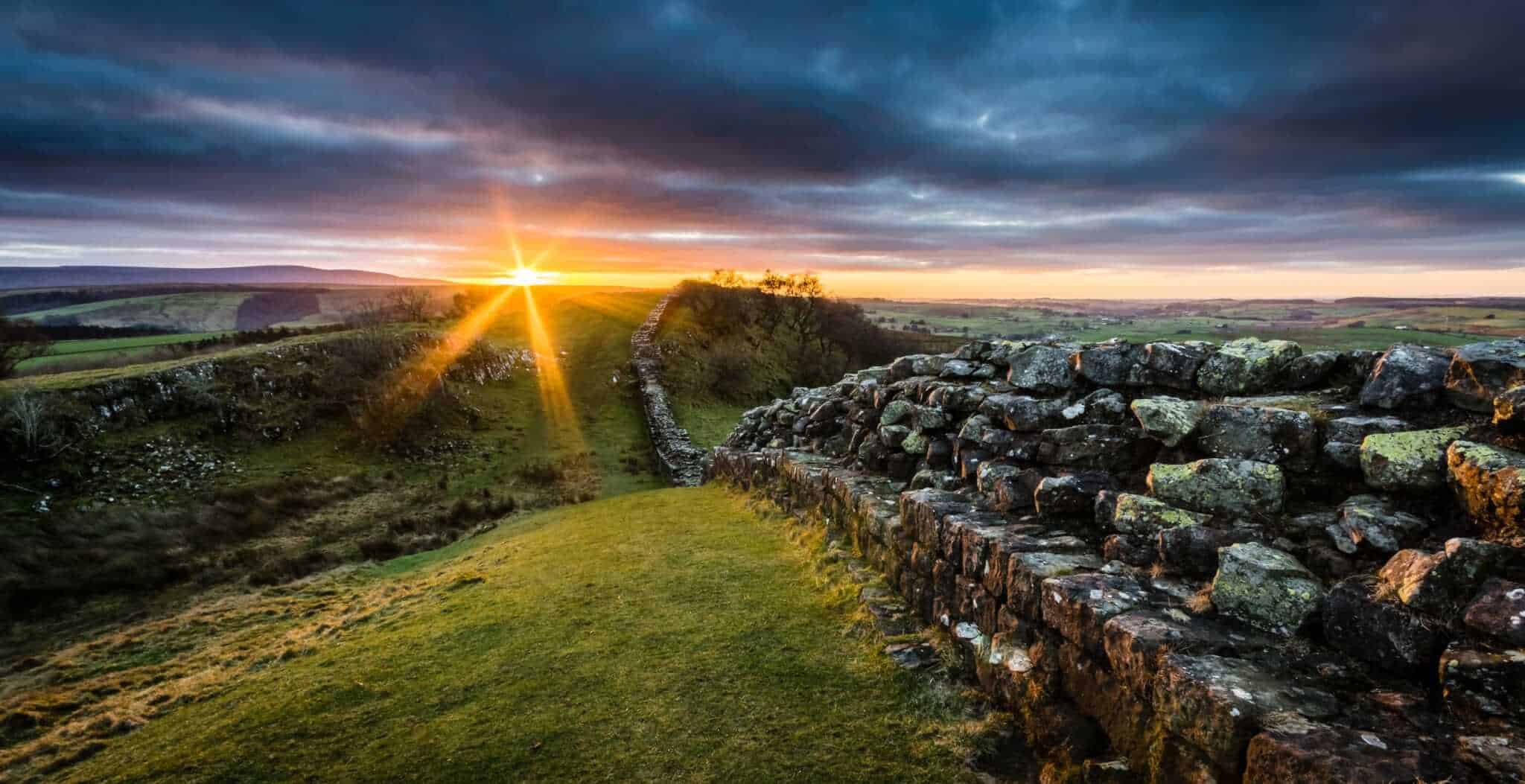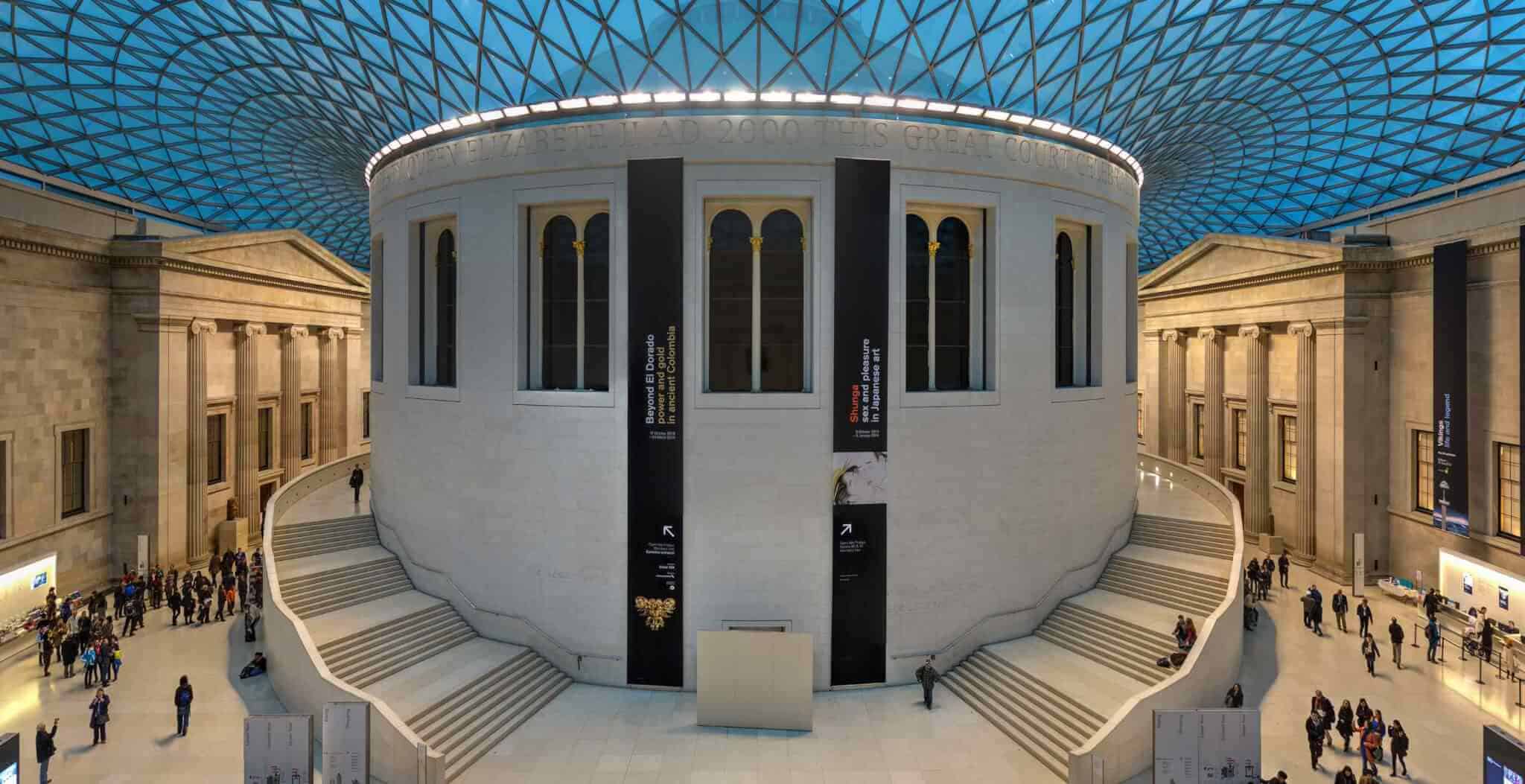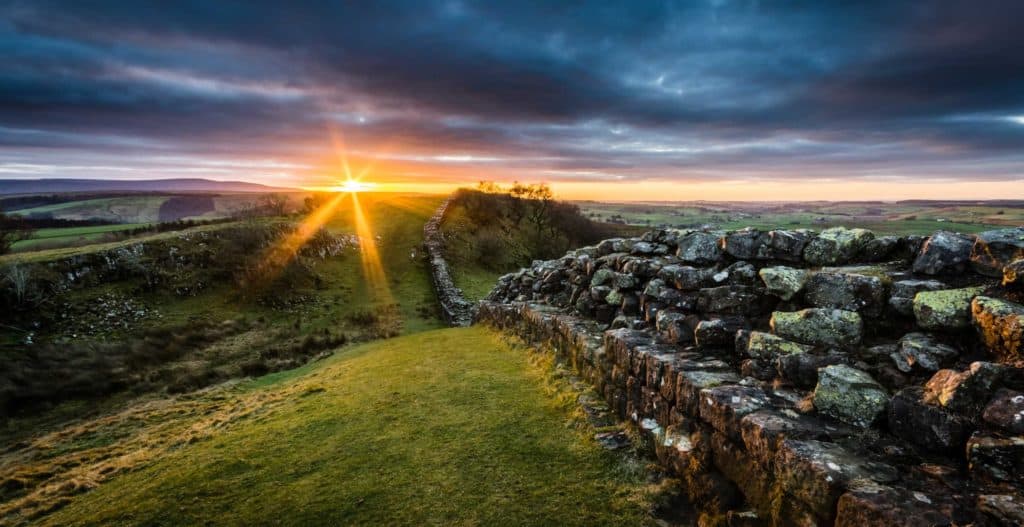Standing at the easternmost point of Hadrian’s Wall and guarding the mouth of the River Tyne lies the remains of the Roman fort of Segedunum. Built in AD127, Segedunum was in fact part of an extension to Hadrian’s Wall, built some five years after the main construction project had begun. The original eastern terminus to the wall was instead four miles to the west at Pons Aelius in the centre of modern day Newcastle-upon-Tyne.
The construction of this extension is notable for two reasons. Firstly, the curtain wall for this extension was built without a defensive vallum (defensive ditch) to the south. Secondly, the wall here is built to an extremely narrow gauge of only 2.3 metres, with the foundations only slightly wider at 2.4 metres.
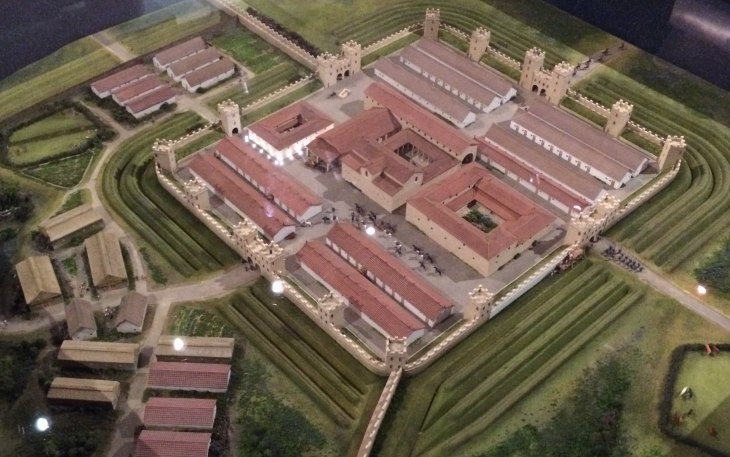
At its peak Segedunum would have held up to 600 hundred Roman troops, broken down into 120 cavalrymen and 480 infantry. In the 2nd century AD, the resident legion were mainly drafted in from Belgium, whilst in the 3rd and 4th centuries the legion was mainly drafted from the Alsace region of France.
It is thought that Segedunum was occupied all the way up until the Roman withdrawal from Britain in 410AD, although it is possible that it was vacated slightly earlier than this, due to the massive empire-wide recall of troops at the end of the 4th century. It is important to note that between 400 and 410AD, Hadrian’s Wall was being maintained by just a skeleton force of Roman auxiliaries and only a limited amount of information from this period has survived.
The site today
Today there’s not much that remains of Segedunum, thanks to a large estate of Victorian terrace houses built directly on top of it in 1884. The estate was eventually knocked down in the 1970s, and the current remains and accompanying museum opened to the public in the late 1990s.
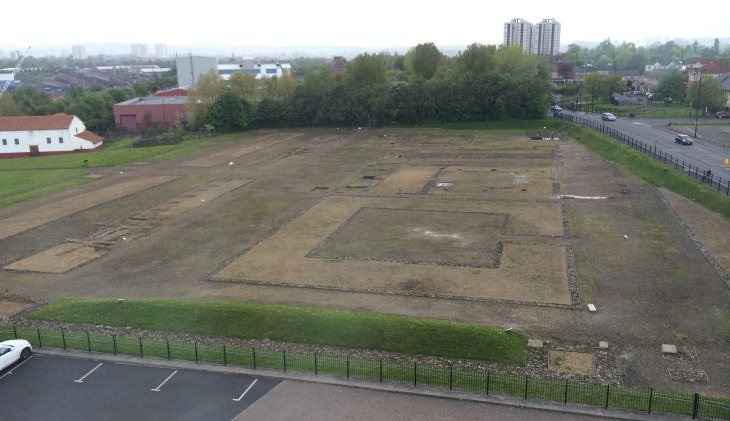
The museum itself provides a great viewing platform for those interested in getting a birds-eye view of the site. The galleries however are strongly focused on children, and those wanting an in-depth overview of the site may be disappointed. That being said, we highly recommend visiting the museum if only for the fabulous food canteen on the first floor – you can get a full roast dinner for a fiver!!
Regarding the remains of Segedunum itself, any mortared stone blocks are the actual remains of Roman buildings. However, where the foundations have been completely destroyed (i.e. most of the site!) there are cobbles and yellow kerbstones to mark the original lines of the walls.
To the south-east of the fort leading down to the River Tyne lies a small remaining section of branch wall. This piece of wall was found in 1903 during enlargement of the shipyard for the construction of the RMS Mauretania. It was moved to Wallsend Park and only returned to Segedunum in 1991. Today it is on the line of the branch wall, but it was originally found within the yard itself.
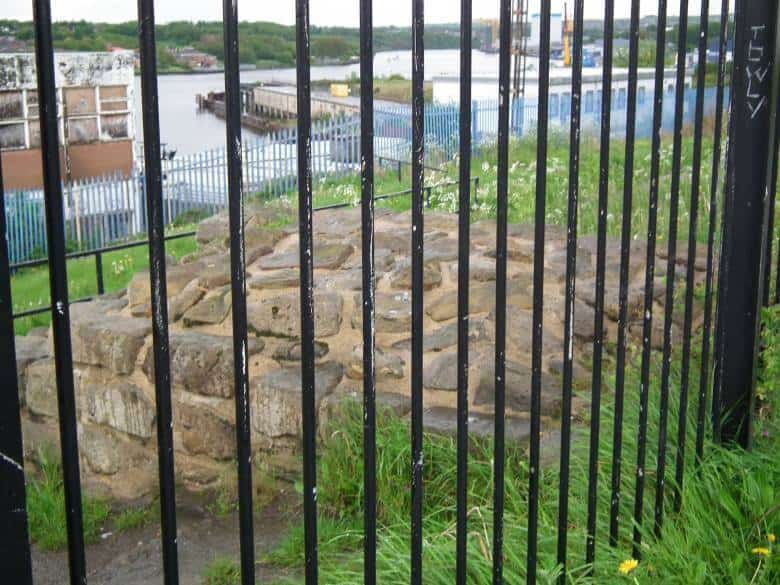
Above: The remaining section of branch wall
To the west of the fort and across the A187 lies another small section of Hadrian’s Wall, although this time joined by a full-sized replica of how it may have looked in its heyday. It is important to note that some historians debate whether or not there was in fact an upper walkway along the wall… here at Historic UK we like to think there was!
Tours of Hadrians Wall
For tours of Hadrians Wall, please follow this link.
For more information, check out the official website for the museum at Segedunum
